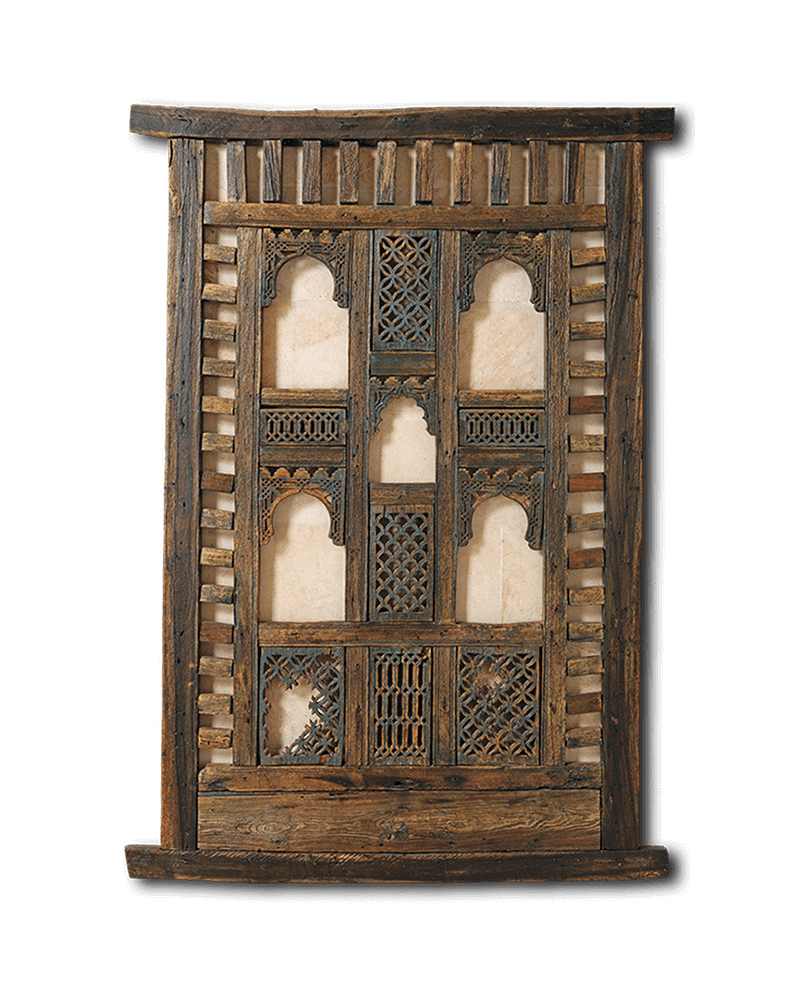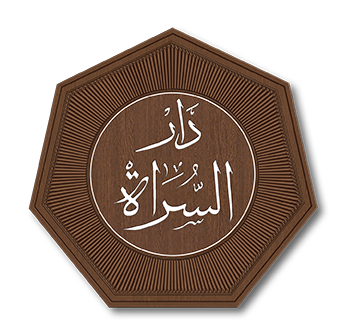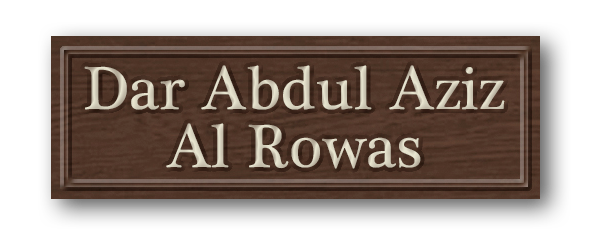
THE VISION
The relationship between the human being, the form and the function of creative work is a highly complex one, that is deeply interconnected with the customs and conventions prevalent in the contextualizing or ‘triggering’ environment. The form, or the ‘outward and visible’ aspect of a creative work, can be understood as a response to a specific human context, which is heavily intertwined with its function, or in other words, the ever-evolving means of human interaction and engagement with it.
A keen understanding of and attention to this relationship, summarized as the ‘functional aesthetic’ of all creative output, was at the heart of the life and work of Aida Al Khaled Al Rowas, founder of Dar Al Sorat. It also underpinned the creative force that conceived of and completed Dar Abdulaziz bin Mohamed Al Rowas in Salalah, Sultanate of Oman, as well as the books published by this very house, Oman: Faces and Places 1977 (2014) and Silent Journey (2016).
To better understand the specific human context that shaped these works, visit Her Story and read on.













 Operation failed.Please try again.
Operation failed.Please try again.

